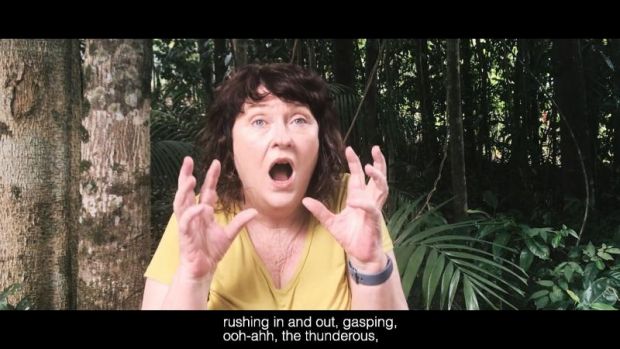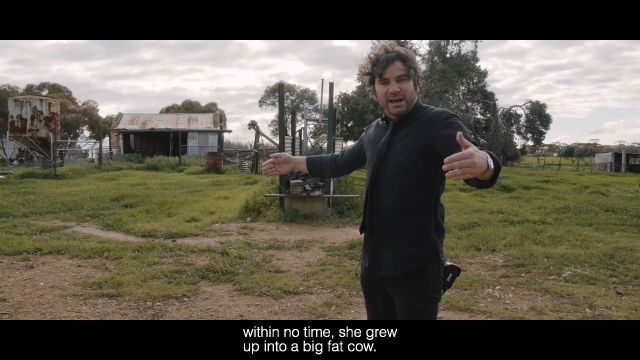Come To Where I Am – Australia, Volume 3.
This is the third instalment in the series which livestreams original works by writers exploring their experience of life under COVID-19 restrictions in a range of remote and exotic locations around Australia. The pieces are read by the writers and the recordings are live-streamed. Each work reflects on the disturbances caused by the pandemic and the way lives have been dramatically disrupted.
Jon Bennett is visibly emotional as he explains the need to return to his home on a remote farm in Pinery, SA situated in Kaurna country. In his story Aunty Verna, he recounts the hardships of farming life through the story of one of the cows affectionately named Aunty Verna. The unexpected twists and turns of his childhood memories are astonishing, especially the fate of Aunty Verna, and highlight the poignancy of his situation.

In Balancing on the Edge Margaret Davis describes how loneliness can slowly infiltrate into a once idyllic and comfortable solitary life as a result of long term COVID isolation. The wonderful rural retreat Davis has created for herself in Blackheath, NSW located in Darug and Gundungurra country, is now being put under pressure by both fires and disease. This has occurred despite her decades of environmental activism and drives home an important message about the absurdity of climate change denialism.

Samah Sabawi’s story, Ngar-go’s Morroccan Soup Bar, is told from Docklands, VIC located in Kulin Nation (Boon Wurrung and Wurundjeri). Sabawi tells a warm and affectionate tale about the solidarity of the refugee community who work at the bar. The ways in which they face this disaster make their bonds stronger and this is told in a truly heart-warming manner. Her recollections of a very popular part of Melbourne evokes the wonderful sense of solidarity and community spirit that can be found across this remarkable city.

The Brink is a story by Kathryn Ash who speaks from Cairns, QLD in Bama country. Her story is told from some of the most important reef and rainforest territories in the country. Ash reflects on the difficulty of witnessing a steady decline over the local tourism industry. Despite the distance of the pandemic the area is nonetheless affected by it. She describes this atmosphere as a disturbing disquiet and shows how locals are clearly struggling in the face of a disaster over which they have very limited control.
These moving tales are a further testament to the trials before us during the pandemic. They are also a great insight into the frightening repercussions of a disrupted ecology which is reverberating in almost every corner of the globe.
All of the stories in Come To Where I Am Australia (volumes 1 to 4) can be streamed on-demand and free at www.criticalstages.com.au/screening-room.
Subscribe to our E-Newsletter, buy our latest print edition or find a Performing Arts book at Book Nook.

